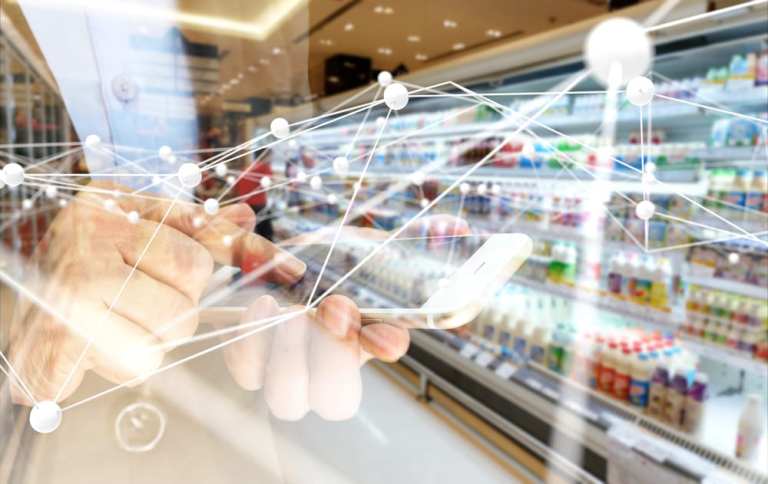
Artificial intelligence (AI) and machine learning (ML) are starting to play a bigger role in retail, foreshadowing what’s to come in the new decade of the 2020s.
Walmart, for instance, hopes to reduce checkout theft by turning to cameras powered by AI, with deployments underway in some 1,000 stores. “The retailer began investing in the surveillance program, dubbed Missed Scan Detection, several years ago in an effort to combat shrinkage – loss due to several causes including theft, scanning errors, waste and fraud,” the report stated. “The AI-powered cameras were rolled out to more than 1,000 stores about two years ago, and the retail giant has seen positive results since then, according to [Walmart spokeswoman LeMia] Jenkins, who said shrinkage has reduced in stores where the cameras have been added.”
By incorporating visual recognition technology and artificial intelligence into their business models, retailers such as Neiman Marcus, IKEA, H&M and west elm are leveraging mobile devices and AI to provide advanced customer services. Those services include visual searches, hyper-personalization and seamless omnichannel functionality – all woven together, across online and brick-and-mortar channels, to enhance the consumer experience.
Blurring the Divide
According to PYMNTS research, AI and ML are blurring the divide between online and in-store shopping, and bringing an all-new human element into retail. In the wake of this “deep-learning” revolution in the retail industry, merchants are gathering and analyzing their customers’ online activities, purchasing histories and other data points to hyper-customize their customer service features across channels. Indeed, there are more than 1.1 billion listings through which AI-based image recognition can help consumers search for products they might want to buy.
Of course, creating the correctly personalized in-store experience is much easier said than done in most cases – consumers want salespeople who are knowledgeable enough to serve up the correct recommendations for their tastes and needs, but they don’t want to feel crowded, followed or stalked while shopping.
But the team at Mystore-E believes they can solve that problem, with an AI tool called Tore-E that is specifically designed for retail environments. “Mystore-E cares deeply about the future of … shopping,” said CEO Asaf Shapira. “Our goal is to create a personalized shopping experience that benefits retail stores, while also catering to customers’ wants, needs and style preferences.”
The Mystore-E platform is working best, according to Shapira, when it is working almost invisibly, so that its functions present themselves to consumers without “getting all up in their faces.”
That means placing digital displays throughout a retail location and also communicating directly with store workers who match them to the best (and most likely to be purchased) products for each shopper in the store.
Role of Data
In essence, Shapira said, Mystore-E attempts to bring to the physical store the same advantage found in web-based retail outlets: data. When customers shop online, the retailer can know all kinds of things about them, like what they have bought before, how often they visit, what items they’ve perused during their most recent journey and what items they keep coming back to see.
Physical retail by comparison, he noted, can be a black box for merchants who often find it hard to get information about a customer other than the fact that they are currently in the store. The rest of the context just isn’t there, Shapira said.
We can expect more AI- and ML-focused retail efforts in the coming few years as the technology becomes more sophisticated and retailers figure out how to best work with it.